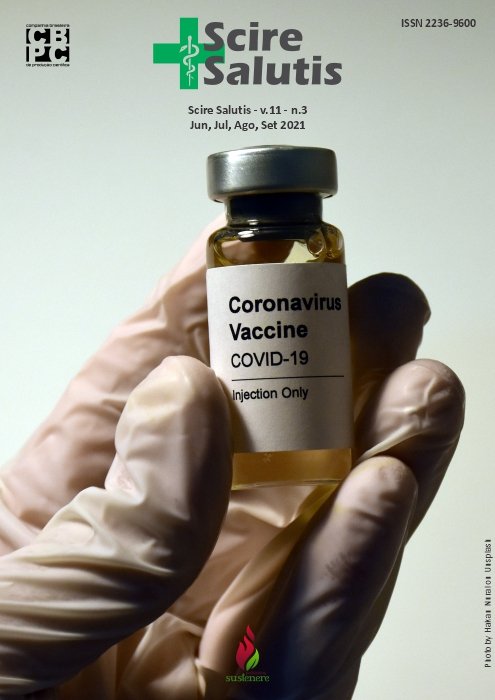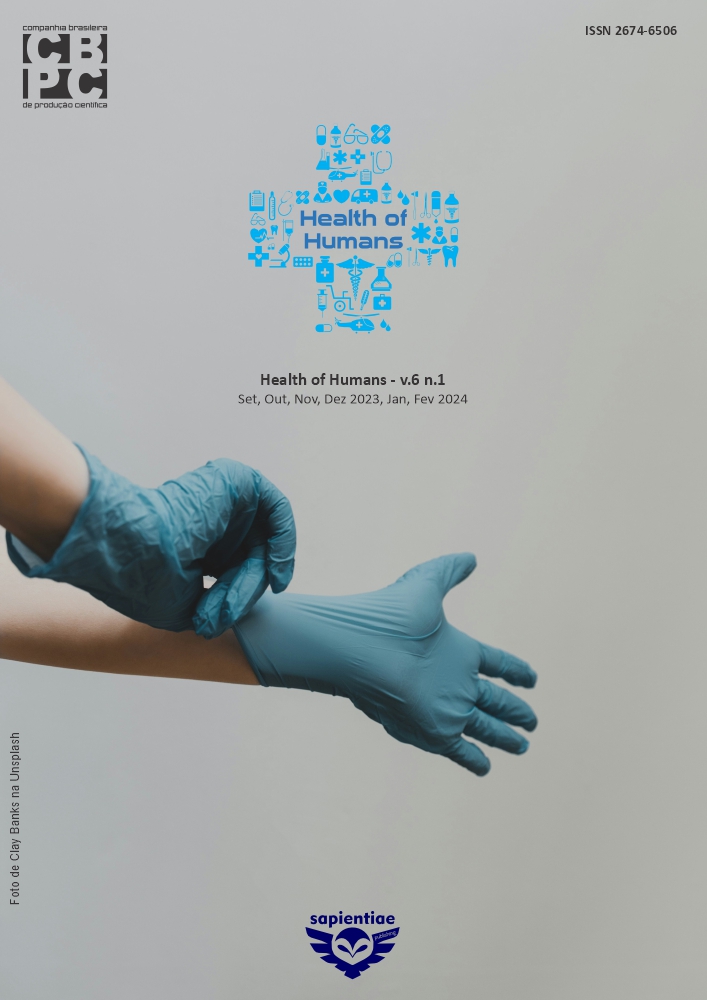Infant-juvenile cancer epidemiology in the state of Sergipe
DOI:
https://doi.org/10.6008/CBPC2236-9600.2021.003.0017Keywords:
Child, Adolescent, Cancer, EpidemiologyAbstract
Cancer is the designation referring to a group with innumerable diseases which trigger an uncontrollable and unregulated multiplication, invading tissues and organs. In childhood and adolescence, it is an important factor in public health problems due to high morbidity indicator and raise in hospital costs. According to the World Health Organization (WHO), 300 thousand cases are diagnosed per year, in Brazil, between the age group of 0 to 19 years. In addition, in countries where per capita income is low or intermediate, children are more likely to die from cancer than those born in countries where average income is higher. Infant-juvenile cancer is usually associated with early genetic changes and not with lifestyle or external factors as occurs in most adults. Therefore, epidemiological research favors a more effective elaboration of plans for treatments and preventions. The objective is design the epidemiological profile of cancer cases, registered in Sergipe, which affected the age group from zero to nineteen years in the period from 2013 to 2020. This is a prevalence study, retrospective, with a quantitative approach, done by following the data registered in the Department of Informatics of the Brazilian Unified Health System (DATASUS) and aimed at children and adolescents from the age group of zero to nineteen years old who developed cancer in the period from 2013 to 2020 in Sergipe. In the period between 2013 and 2020, 191 cases of cancer were reported in children and adolescents aged zero to nineteen in the State of Sergipe. Regarding epidemiological characteristics, the highest incidence occurred in females, with 106 cases (55.4%) and the age group of fifteen to nineteen years old was the most affected, with 68 cases (35.6%) of the total. Among the main affected municipalities, there was a higher incidence of cancer in Aracaju (37.1%) followed by Nossa Senhora do Socorro (8.3%). It was observed during the cases that the level 03 cancer staging was the most notified (16.7%) followed by the level 04 (7.8%). As shown, cancer is a public health problem, especially in adolescents between fiteen and nineteen years old, since they are the most affected in Sergipe. The exposed data emphasize the need to perform an early and rapid diagnosis, as it will make the treatment more effective with less chances of staging.
Downloads
Downloads
Published
Issue
Section
License
Copyright (c) 2021 Scire Salutis

This work is licensed under a Creative Commons Attribution-NonCommercial-NoDerivatives 4.0 International License.
The CBPC - Companhia Brasileira de Produção Científica (Brazil CNPJ: 11.221.422/0001-03) the material rights of the published works. The rights relate to the publication of the work anywhere in the world, including rights to renewals, expansions and dissemination of the contribution, as well as other subsidiary rights. All electronically published works may subsequently be published in printed collections under the coordination of this company and / or its partners. The authors preserve the copyright, but are not allowed to publish the contribution in another medium, printed or digital, in Portuguese or in translation.








